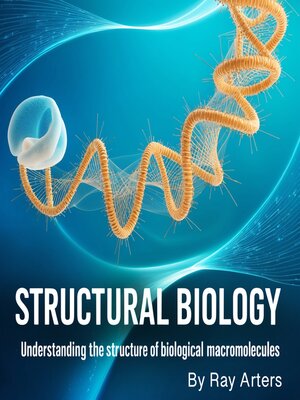Structural Biology
audiobook (Unabridged) ∣ Understanding the Structure of Biological Macromolecules
By Ray Arters

Sign up to save your library
With an OverDrive account, you can save your favorite libraries for at-a-glance information about availability. Find out more about OverDrive accounts.
Find this title in Libby, the library reading app by OverDrive.



Search for a digital library with this title
Title found at these libraries:
| Library Name | Distance |
|---|---|
| Loading... |
This audiobook is narrated by a digital voice.
Structural biology represents the convergence of chemistry, physics, and biology to understand how the three-dimensional organization of biological molecules determines their function and enables the extraordinary complexity of living systems. This field reveals that life emerges from the precise arrangement of atoms in space, where molecular structures serve as the architectural blueprints that dictate how proteins fold, how enzymes catalyze reactions, how genetic information is stored and transmitted, and how cellular machines carry out the processes essential for life. The fundamental principle underlying structural biology is that structure determines function, meaning that understanding the precise spatial arrangement of atoms within biological molecules provides crucial insights into how these molecules work and how they can be modified or designed for therapeutic applications.
The atomic foundation of biological structure begins with the unique properties of carbon, hydrogen, nitrogen, oxygen, phosphorus, and sulfur that form the building blocks of biological macromolecules. Carbon's ability to form four covalent bonds in tetrahedral arrangements enables the construction of complex molecular frameworks, while the electronegativity differences between these elements create polar bonds that facilitate specific interactions through hydrogen bonding, electrostatic interactions, and van der Waals forces. These weak interactions, though individually modest in strength, collectively determine the stability and specificity of biological structures.







